If you are planning a trip to Germany and asking yourself: “Should I visit Rostock?”, continue reading to see why I think one day in Rostock is a great idea! A day trip to Rostock (and Warnamunde) should definitely be on your itinerary if you are visiting Berlin or Hamburg.
Alternatively, if Warnemunde is a port of call on your Baltic cruise, consider a shore excursion to both towns. Read on to discover how to make the most of one day in Rostock!
Located on the Warnow River, Rostock is a town filled with beautiful streets designed for wandering. Its old churches and town gates are lovely in an understated way.
Rostock is featured in the Historic Highlights of Germany list of 16 awesome off-the-beaten-track destinations to visit in that country. It’s the only town on the list located on a coast, the stunning Baltic Coast.
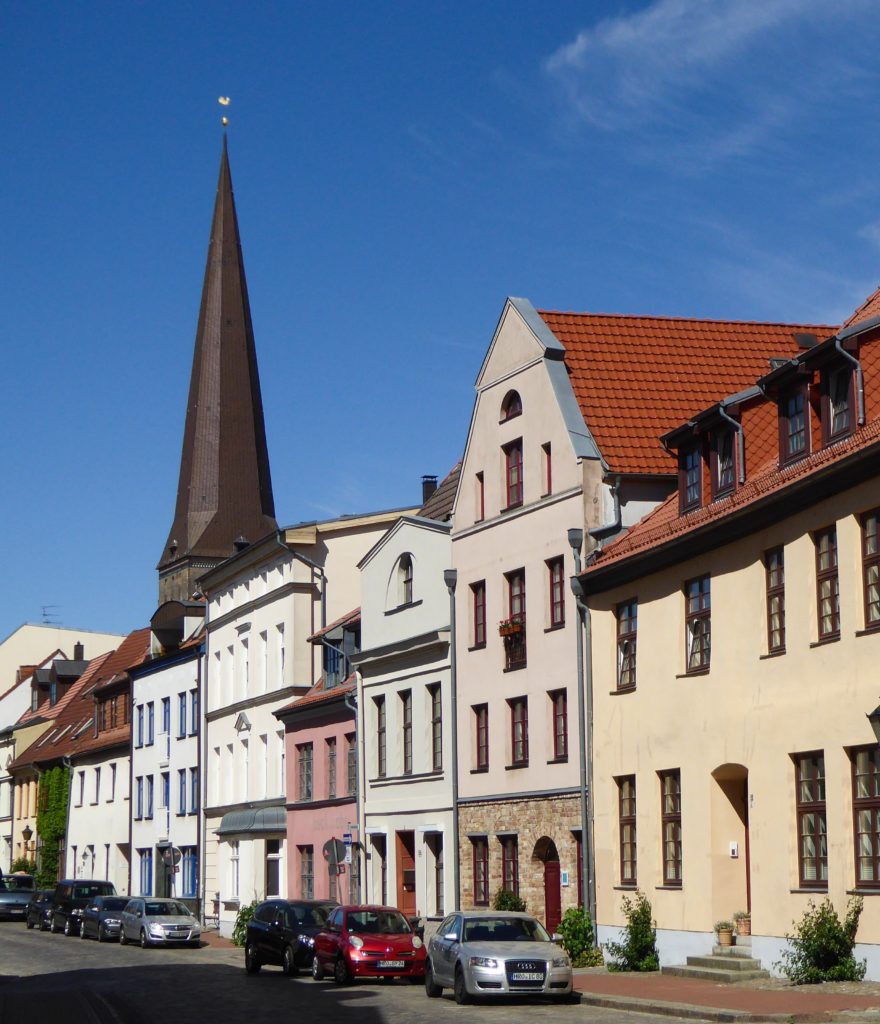
Some links on this page may be affiliate links. If you click an affiliate link and make a purchase, we may receive a small commission, at no extra cost to you. For more details, refer to our disclosure.
Beautiful as Rostock is, it also boasts an impressive history spanning 800 years!
As one of the most important members of the medieval Hanseatic League, Rostock amassed a great deal of wealth building the ships that cruised the Baltic Sea.
It became so wealthy that it actually bought the neighboring resort town of Warnamunde. You’ll find that together, the two towns offer the perfect day out on the northern coast of Germany.
ONE DAY IN ROSTOCK (AND WARNAMUNDE)
You’ll need about four to five hours in Rostock to see everything I have listed below, including a break for lunch. And you can easily spend a couple hours walking around Warnamunde.
So start early!
Here’s how to spend one perfect day enjoying the best things to do in Rostock and Warnamunde:
#1 Admire the pretty houses at Neuer Markt
Start your Rostock walking tour at Neuer Markt, the pretty square in the center of town. If you arrive here on a Saturday morning, you’ll see a farmers’ market in full swing at the square.
Browse the stalls selling fruits, vegetables, crafts and souvenirs, and prepared foods. There are farmers’ markets here on weekdays as well, just not as robust as the Saturday market.
Admire the pretty gabled houses on the square. The houses were badly damaged by Allied bombing during World War II. Some of the homes were restored lovingly to their pre-damage design (from the 15th and 16th centuries), but others were rebuilt in a simpler style. Aren’t the pastel facades beautiful?
I love the Rats Apotheke building and the white Neo-Renaissance house next to it. Did you know that the pharmacy was founded back in the year 1260?
Hanseatic Rostock had an old town, a middle town, and a new town. Each town had its own town hall, town square, and church!
Note the seagull statue by Waldemar Otto, in the Seagull Fountain in the square. The fountain is surrounded by sculptures of water gods.
You will be surprised to learn that once upon a time this pretty square featured a pillory, and witches were reportedly burned at the stake here!
#2 View the Town Hall with its pretty pink facade
Across the street from Neuer Markt you will see Rostock’s Town Hall. Originally built in the Brick Gothic style in the 13th century, the building was renovated and received its bright pink Baroque facade five centuries later.
Today, only the seven Gothic turrets on the roof betray its original design. The Town Hall miraculously escaped WWII bombings relatively unscathed.
The Rathaus commands your attention as soon as you alight from the tram. I couldn’t stop taking pictures of the pretty facade!
Look for the bronze serpent between the northernmost pillars of the Town Hall entrance. Rubbing the serpent’s head is supposed to bring good luck!
# Gaze up at the Steintor
In medieval times, Rostock was protected by high walls, built by wealthy merchants to protect their town and and their wealth. There were multiple gates around the city, and you can see two of them today on a walking tour of Rostock.
You pass by one of them as you approach Neuer Markt. If you walk back along the side of the tram tracks a little ways, you can get a closer look at Steintor. The Stone Gate has been built in the Dutch Renaissance style.
If you are a history buff, you will want to examine the gate up close. The facade facing into the city has beautiful coats-of-arms and an inscription that says: “May harmony and well-being of the population reign within!”
By contrast, the outside-facing wall is almost bare.
The Stone Gate you see today was built on the foundation of the previous Gothic gate.
#4 Walk past the Nikolaikirche
The church of St. Nicholas was built in the 13th century and originally had a tower that was over 400 feet tall. It is one of medieval Rostock’s four churches (only three survive today).
The tower collapsed, likely in a storm, towards the end of the 17th century. The church was extensively damaged by WWII bombing.
Today the bottom part of the building is used as a concert hall because of its marvelous acoustics, and there are offices and apartments on top.
We didn’t go in, but I read that one of the old murals, a mural of the crucifixion, survived the bombing and can be seen inside.
#5 Ascend to the top of Petrikirche
Next on your walk you will come to St. Peter’s Church. Construction on this Brick Gothic church started in the middle of the 14th century, and it was completed in the early part of the 15th century. There was a church on the spot prior to the building of this one.
You can see the pointy spire from a long way away. The tower is almost 400 feet tall and was added many decades after the church was built.
You will love the simple interior of this church. It is airy and light-filled. Models of boats hang from the ceiling in a nod to Rostock’s maritime ties. Paintings (some by children?) decorate the walls, and the three stained glass windows are stunning.
If you don’t want to climb the 196 steps, you can pay a small fee to take the lift to the observation gallery, which is at a height of about 150 feet.
We were disappointed that the views were obscured by meshing. But, if you peer through the mesh, you can see beautiful rooftop views of the city below. Also of interest is the huge bell at the bottom.
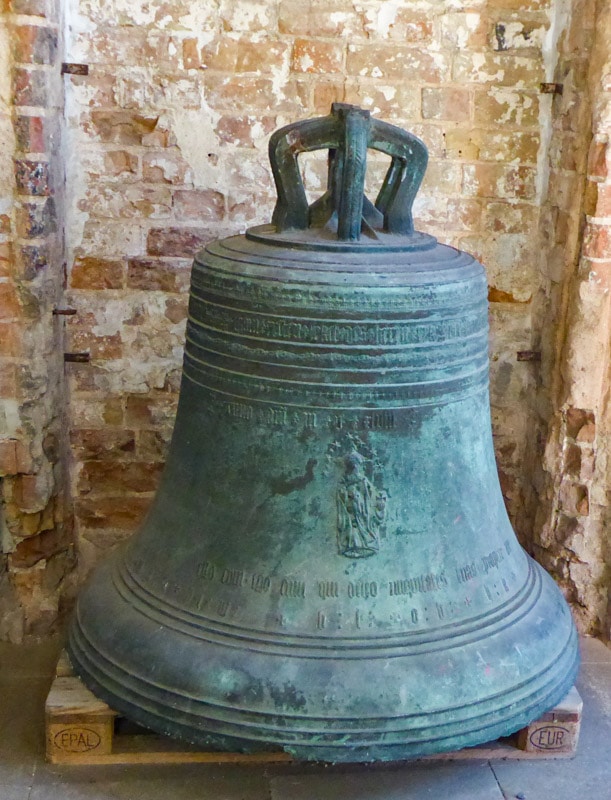
When the tower of Petrikirche was rebuilt after damage from WWII bombing, a lift was added, to take you up to a viewing gallery.
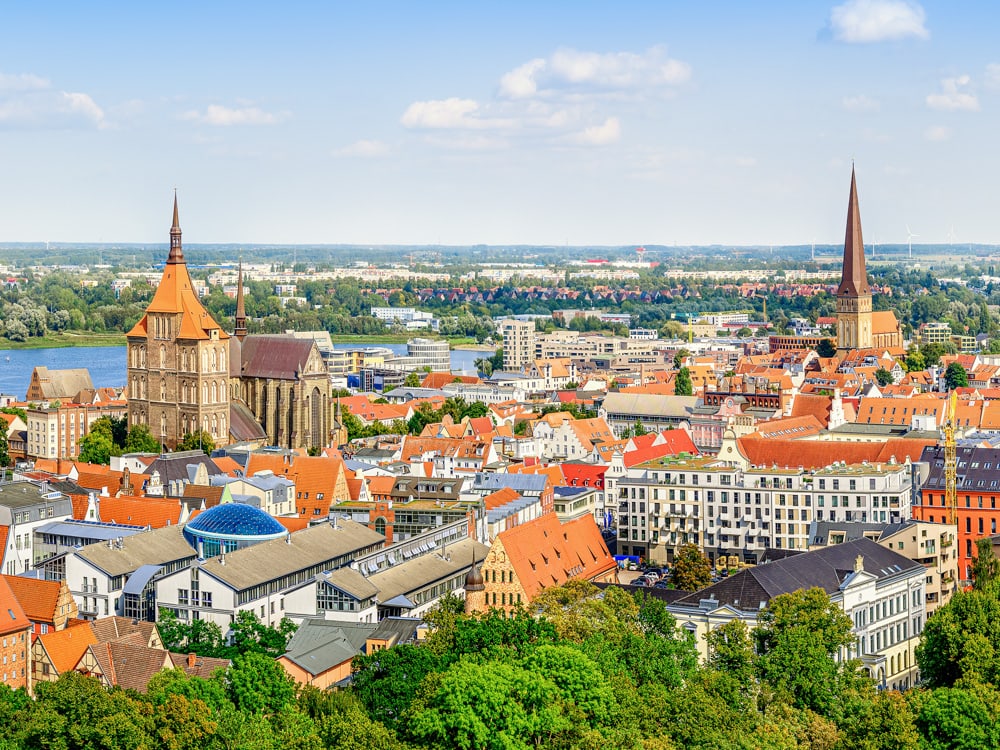
#6 Admire the astronomical clock at Marienkirche
Next on your list is the most famous church in Rostock: St. Mary’s Church. Located just off Neuer Markt, this Gothic brick church is the main church of Rostock.
Originally built in the 13th century, it was expanded multiple times, all the way into the mid 15th century.
St. Mary’s Church miraculously was not impacted much by the WWII bombings that destroyed much of the rest of the square.
Bombs did strike it, but the fires were swiftly put out by the decisive action of the sexton of the church. So inside this church you can still see relics from medieval times.
Most famous is the astronomical clock that was built in 1472, still functioning with its orginial parts. You can see it behind the altar. At the top are figures of the twelve apostles. In the middle is the clock, with the time, zodiac, moon phases, and month. At the bottom you can see the calendar.
If you are in the church precisely at noon, you can see the twelve apostles on the astronomical clock circle the figure of Christ!
The story goes that Hans Duringer, the creator of the clock, was deliberately blinded after he had created a masterpiece for the city of Gdansk, so that he could not replicate his work.
But he escaped to Rostock, which offered him protection for life if he made the city a similar clock. And thus the clock in Rostock was created, under his supervision.
Not sure how much of this story is fact, but viewing his creation is definitely one of the best things to do in Rostock!
#7 See the University buildings at Universitätsplatz
Next, take the Kropeliner Strasse, affectionately called the “Kropi,” to University Square. The street is lined with pretty gabled houses and you will walk past lots of stores and restaurants.
At the square you will see the gorgeous main building of the University of Rostock. Y
ou will see two dates inscribed toward the top of the facade: 1419, when the University was founded, and 1867, when the foundation stone was laid for this building. Lower down you will statues of some dukes of Mecklenburg.
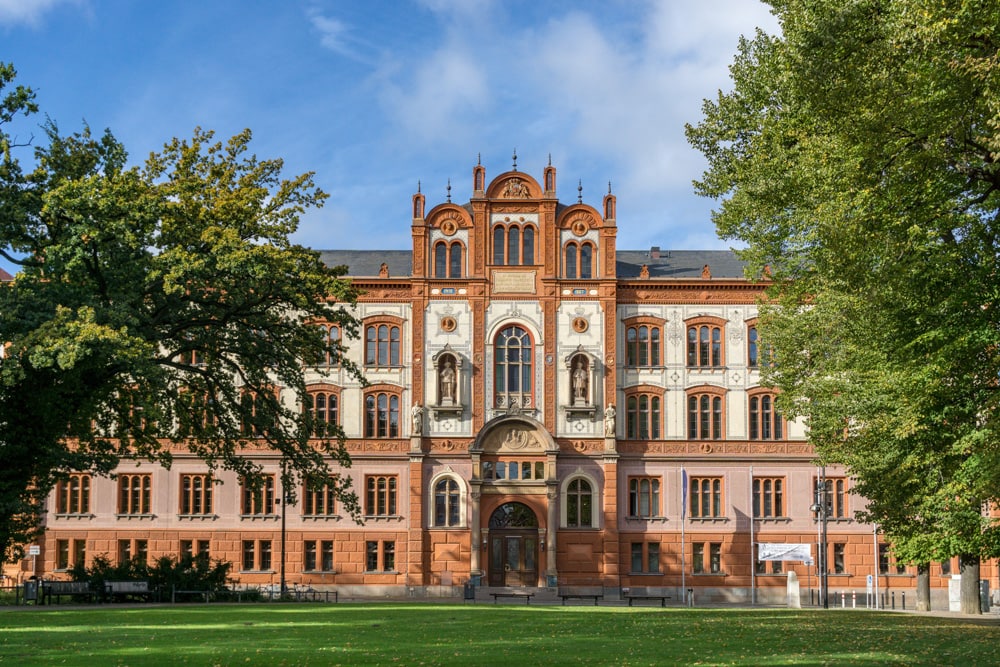
Rostock University is one of the oldest universities in Northern Europe. You will love the square with its beautiful buildings and fountains. It’s a great place to relax and to take a break for lunch.
#8 Admire the Kröpeliner Tor
If you walk a little further along the Kropi, you will come to the other major gate of Rostock that is still standing, the Kröpeliner Tor. The Brick Gothic gate is almost 180 feet tall and has six stories. It was likely built in the 13th century.
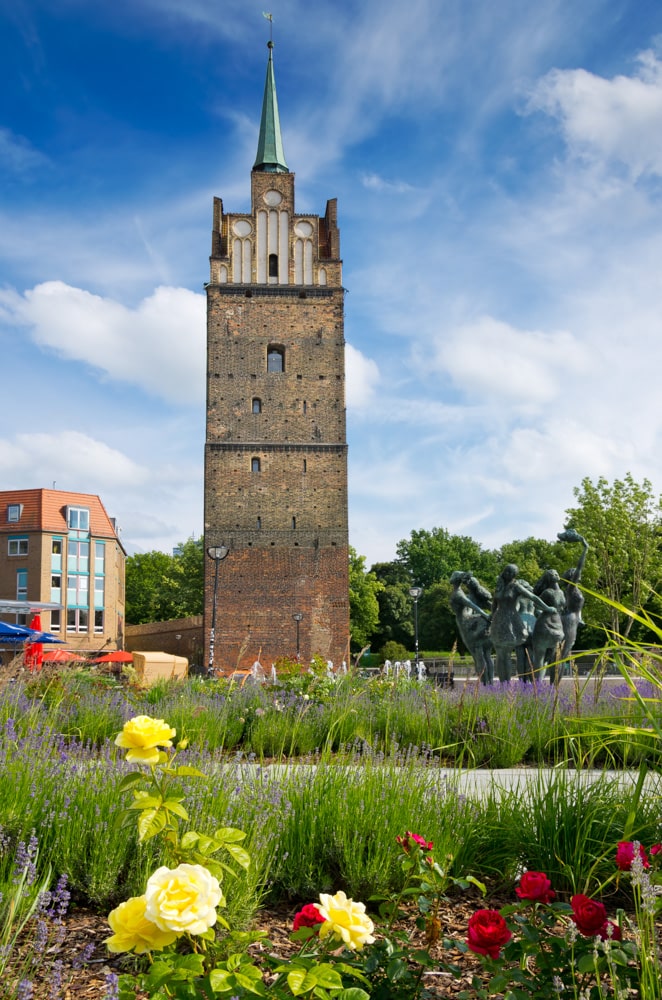
The Kröpeliner Tor was considered the most magnificent of medieval Rostock’s 22 city gates.
You have to pay to climb to the top of the tower. We didn’t go up. Apparently you do not get unobstructed views (similar to our experience at St. Peter’s Church), so we just enjoyed the tower from below.
You’ve now seen the major sights in Rostock! But part of the charm of a walking tour in Rostock is just admiring all the lovely houses on the little streets, so take your time and stop often to capture the pretty scenes.
Even the block houses built during the GDR era have received colorful facades to dress them up.
If you have the time and want to peek into some of Rostock’s maritime history, you can visit the Shipbuilding and Maritime Museum, housed in a former cargo ship.
And if you are interested in learning about Rostock during the GDR/Cold War era, you can visit the Stasi Pre-Trial Prison.
Now take the tram back to the Hauptbahnhof, the train station. Your next stop is Warnamunde (which translates to ‘the mouth of the Warnow’). It’s about 20 minutes away by train.
#9 Wander around Warnamunde
The pretty seaside resort of Warnamunde doesn’t have a long list of sights to check off, but offers a lovely waterfront location perfect for a lazy stroll.
Walk along the beautiful sandy Blue Flag beach, or walk der Alte Strom, the walkway along the canal lined with cafes, shops, and restaurants.
The houses now serving as cafes and restaurants on the Alter Strom were originally the homes of fishermen.
Take a trip around town on the Strassenbahn, the little sightseeing train. Walk around the brick church with its warm red facade and wander the small streets of the town.
#10 Warnamunde Lighthouse
Walk out to the Warnamunde Lighthouse, built of white bricks, and the Teepott Building nearby, known for its unique shape. The lighthouse was built around the end of the 19th century.
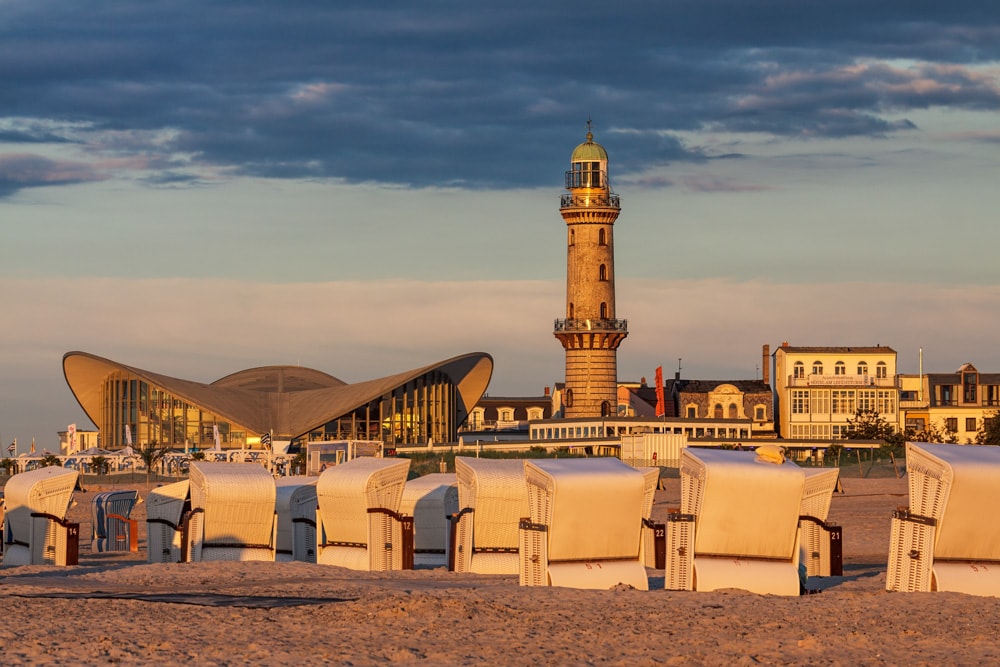
Getting to Rostock and Warnamunde
If you are on a cruise with a port stop at Warnamunde, you can walk the short distance into the town of Warnamunde. From there to Rostock is a short train ride of about 20 minutes.
You will spot the train station as you walk into town, and you can buy the train tickets at a convenience store across the street or at the kiosk in the station.
From the train station at Rostock, take the local tram into the center of town. Or you can opt for a guided excursion: your cruise ship may offer one that combines the two towns, or you can book a tour on your own.
If you are visiting Berlin or Hamburg, you can take a direct fast train from either city to Rostock. Rostock is one of the popular day trips from Berlin to the coast.
The journey is about two hours one way from either city. From Rostock, take the train to Warnamunde and back.
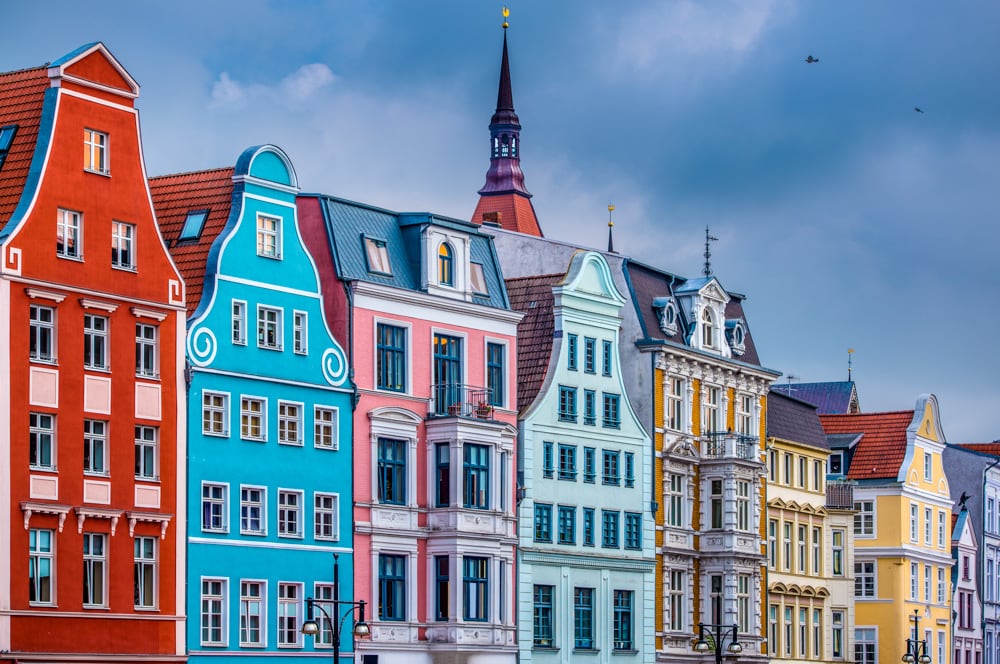
Where to Eat in Rostock
Zur Kogge is also about a 5-minute walk from University Square. The interior is styled as a maritime tavern. Here you will find lots of seafood and some other local dishes as well.
Near Neuer Markt, L’Osteria serves the best pizza and pasta in town.
When to Visit Rostock
Late May and June are wonderful in Rostock and Warnamunde. We visited in late May and had perfect weather. Neither town was crowded. September would also be nice, especially the first half of the month. In July and August, you will likely deal with crowds.
If you visit in the second weekend in August, you will catch the Hanse Sail, a huge maritime celebration with beautiful tall ships and costumed sailors that will take you back to medieval times!
*****
So there you have it: my take on how to spend the perfect day in Rostock and Warnamunde. Have you been? Comment below to respond!
If you are planning a visit to the Baltic Coast, you may also enjoy my posts on how to spend one day in Helsinki, the vibrant young capital of Finland, how to spend one day in Bergen, the second-largest city in Norway, and tips for a self-guided walking tour of Old Town Gdansk, Poland.
Did you find this article informative? Pin it for later reference!

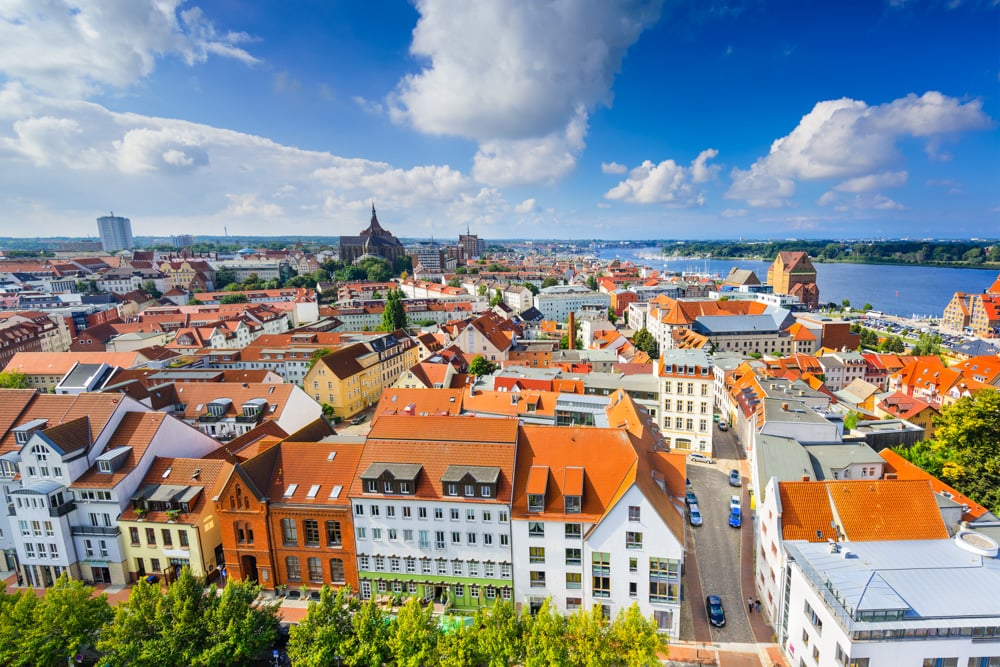

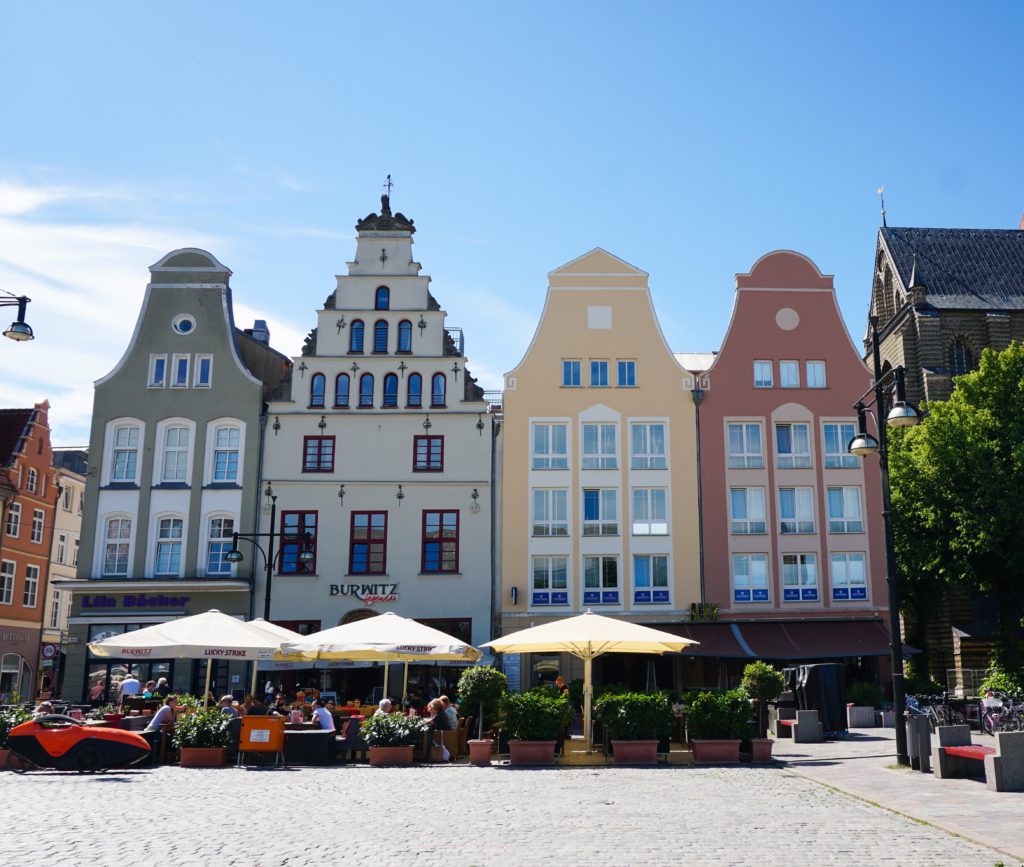
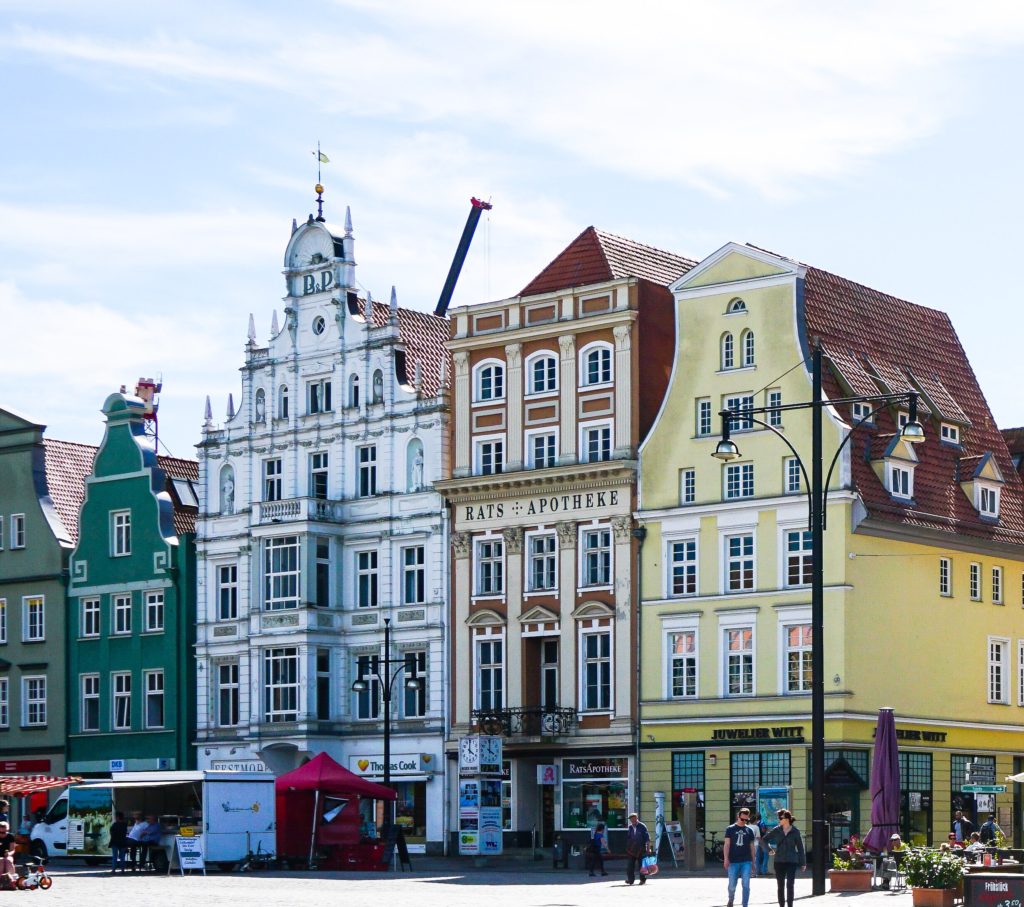
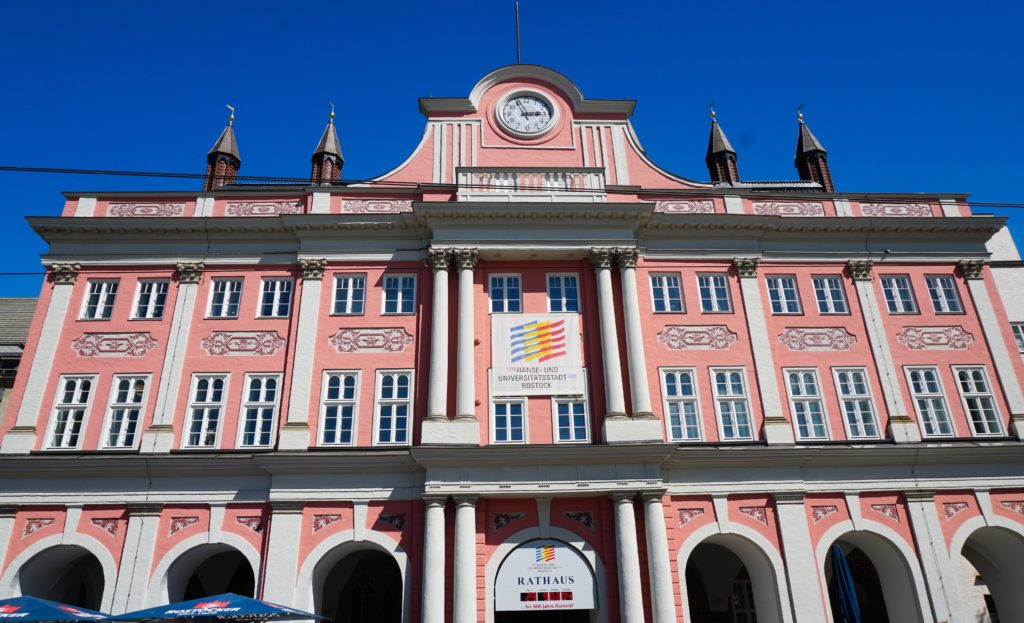
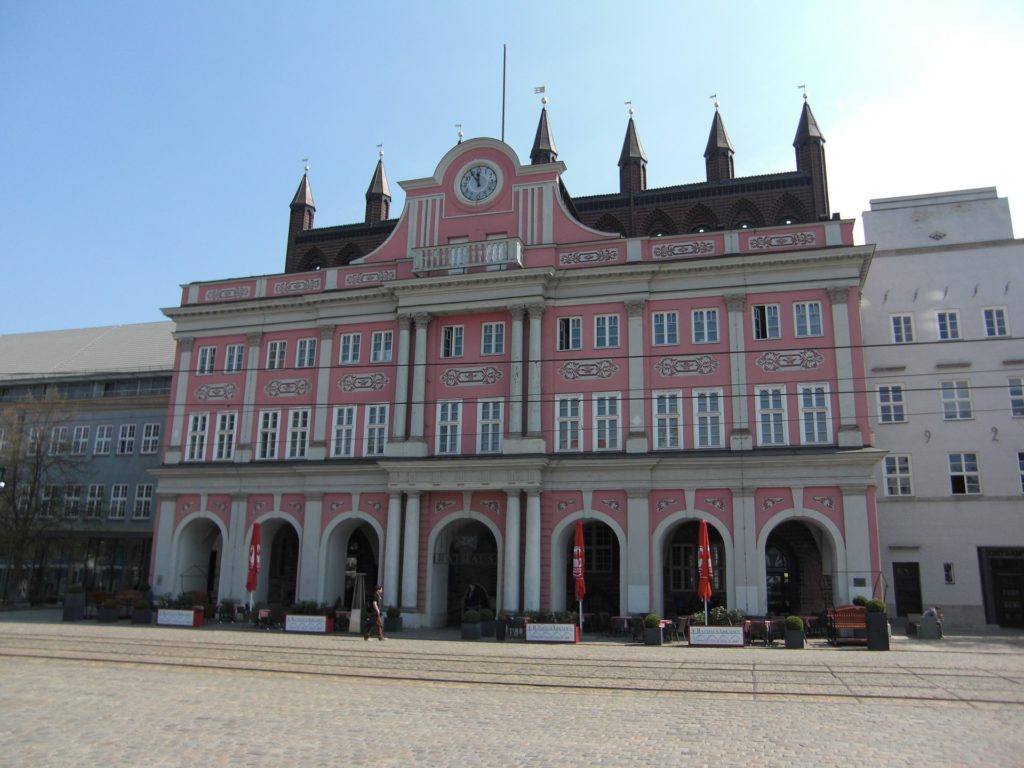
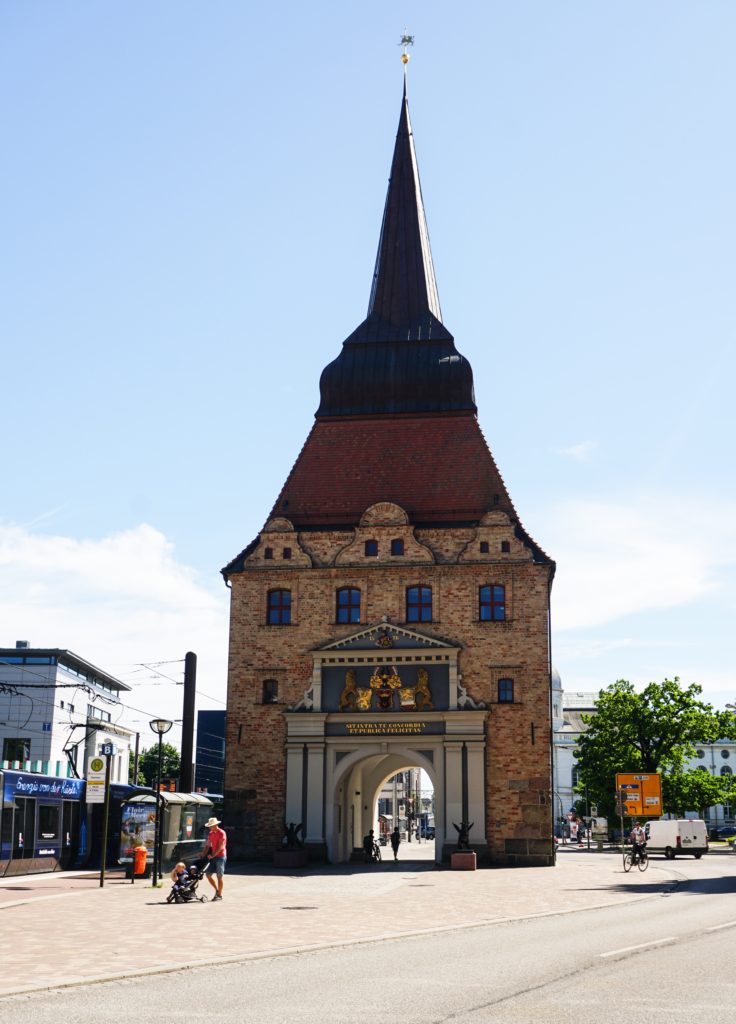
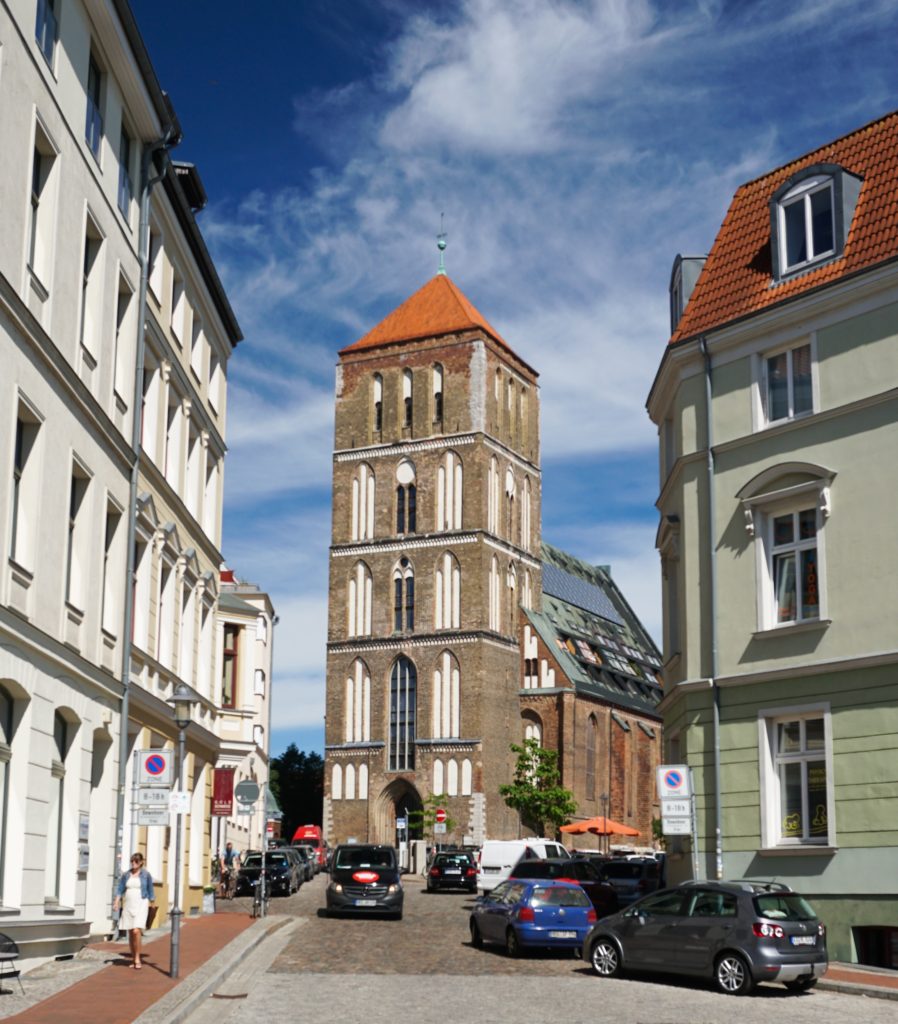
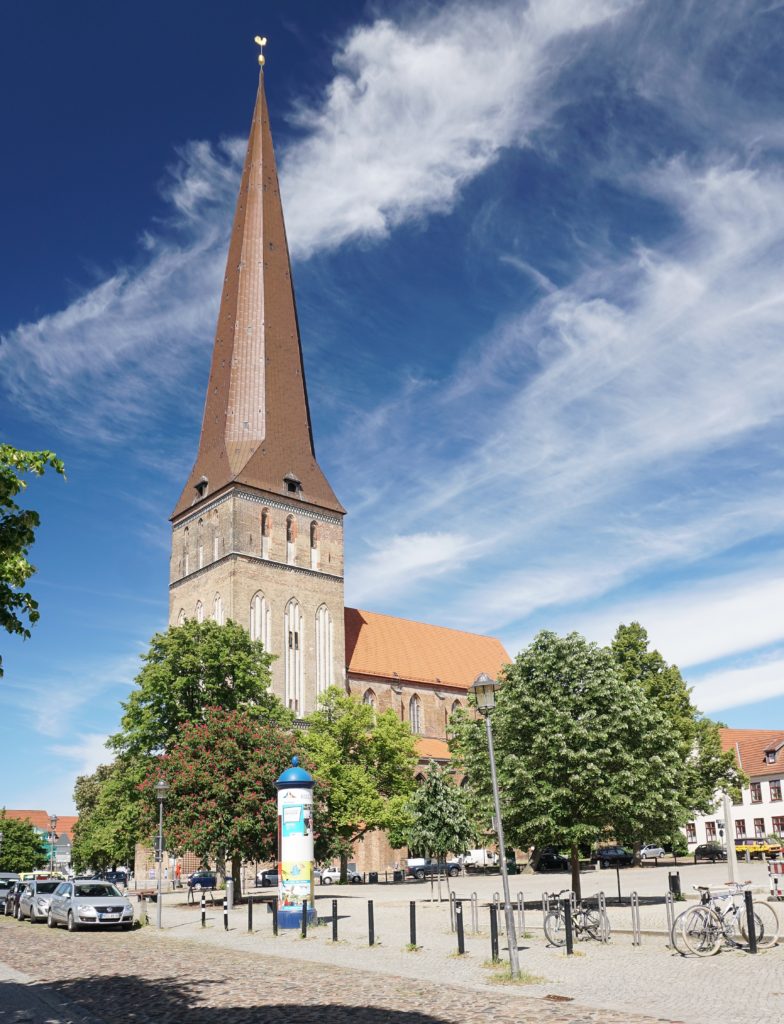
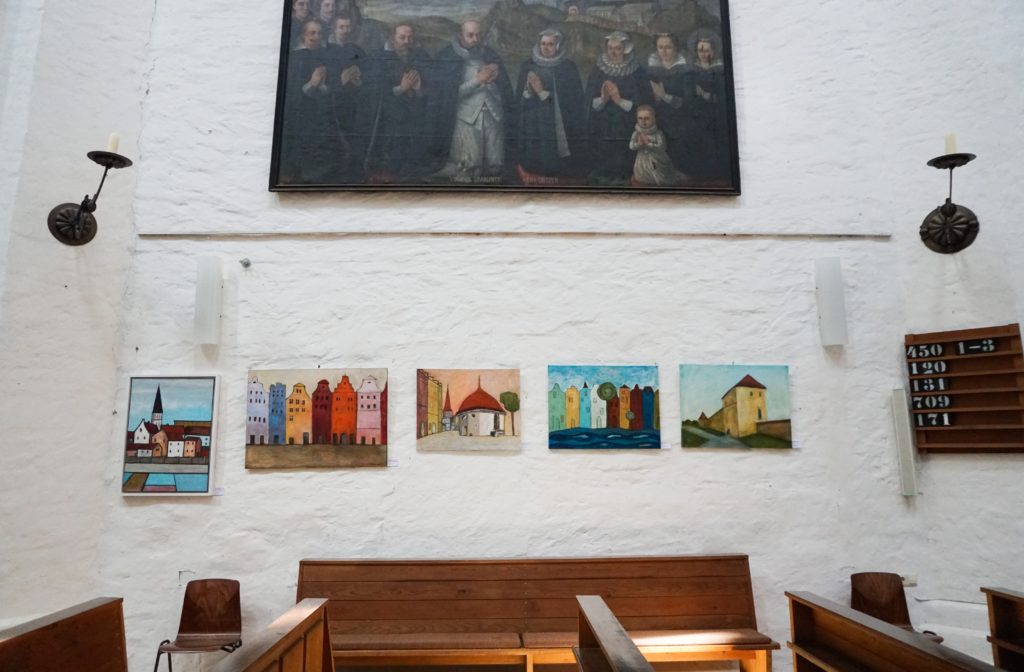
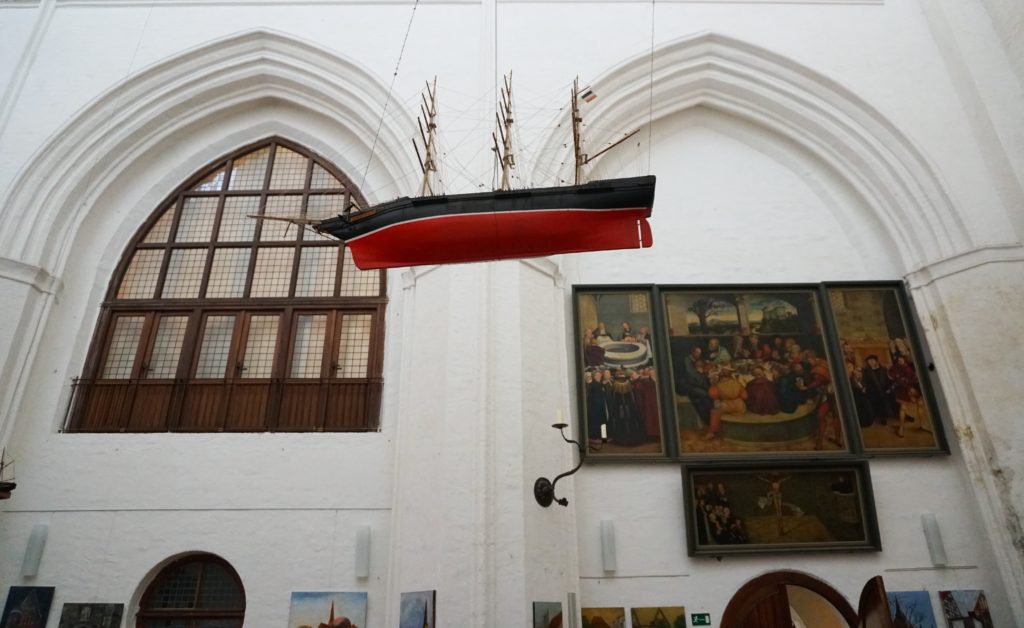
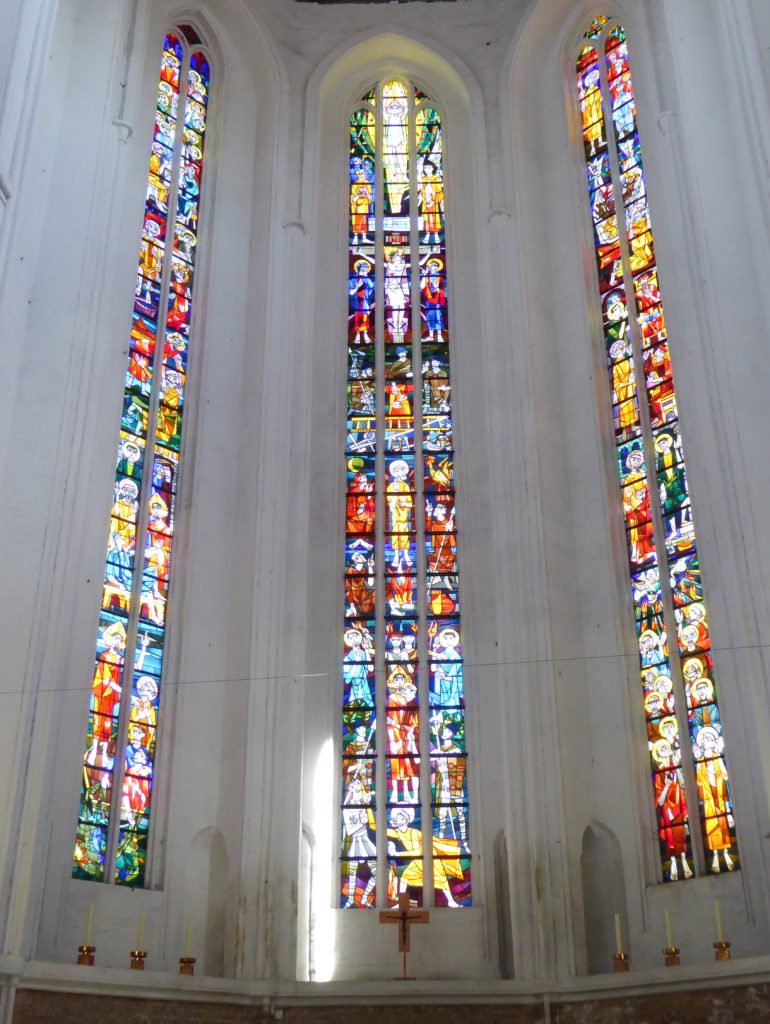
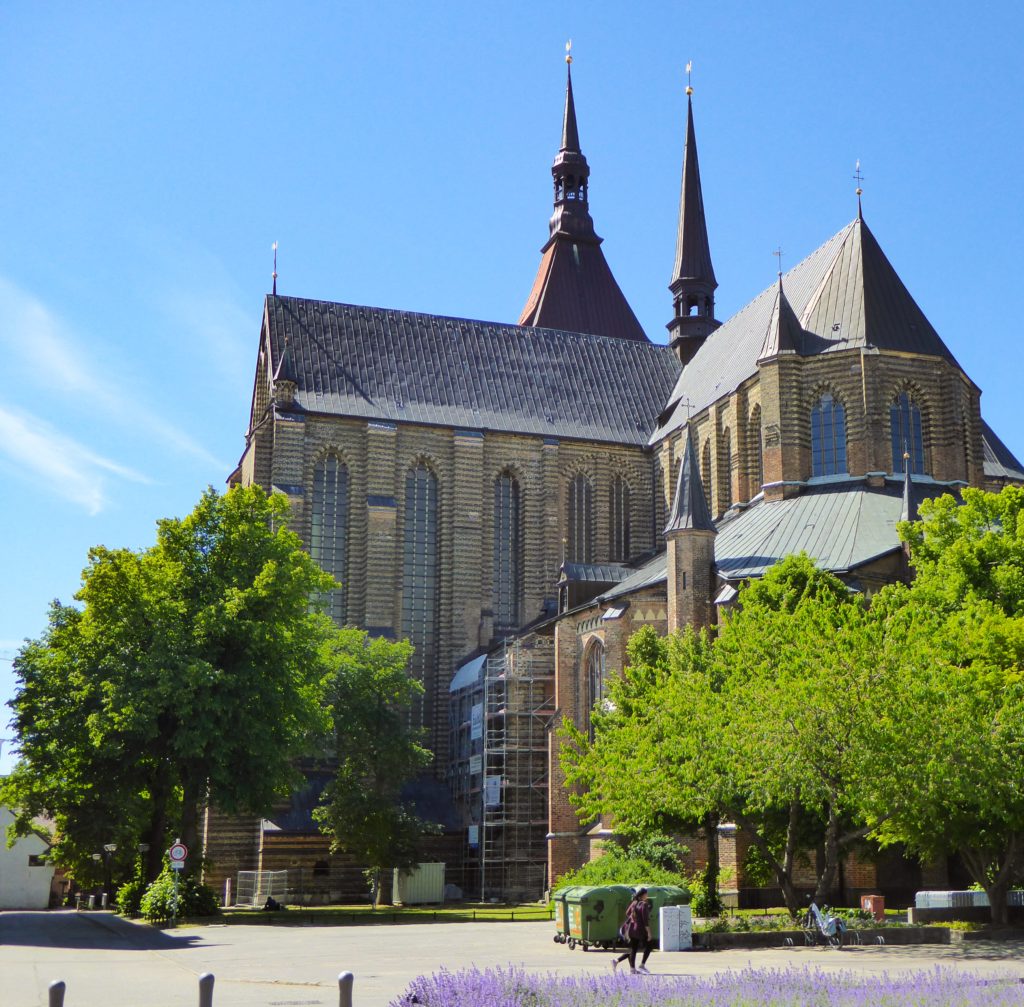
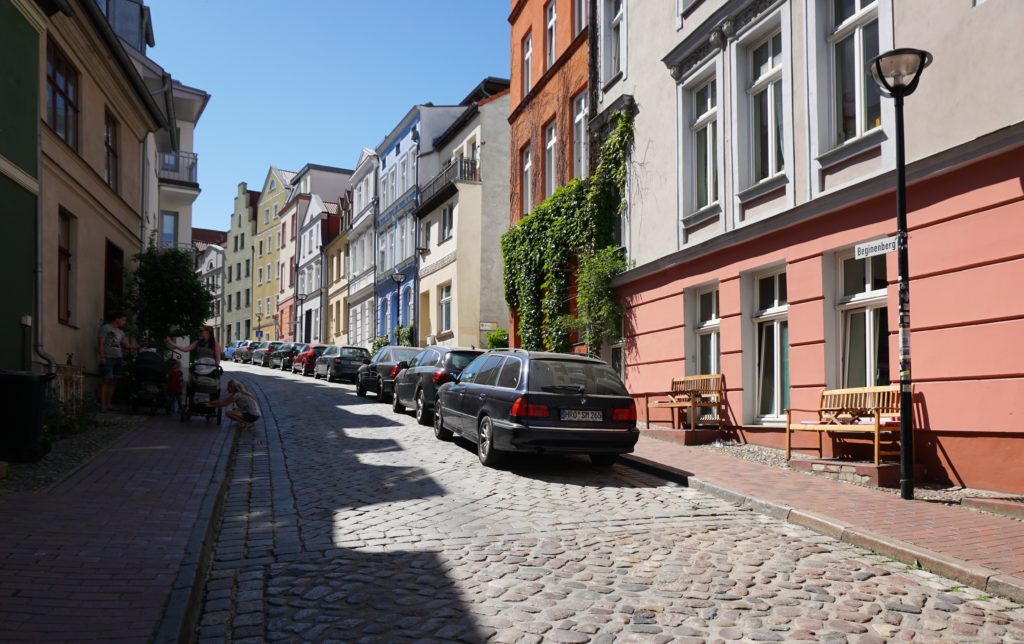
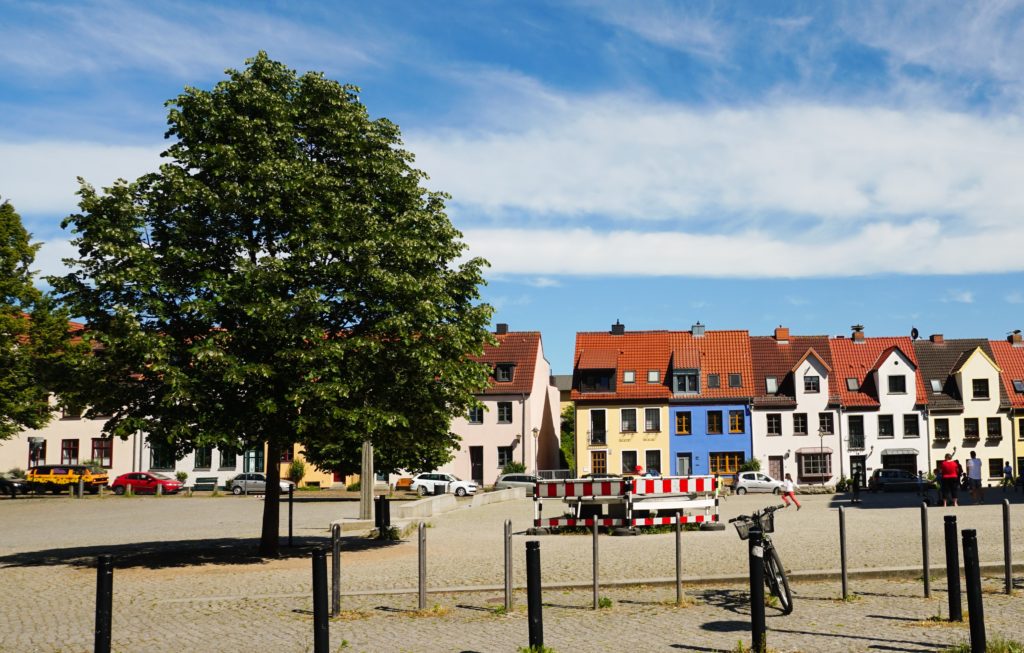
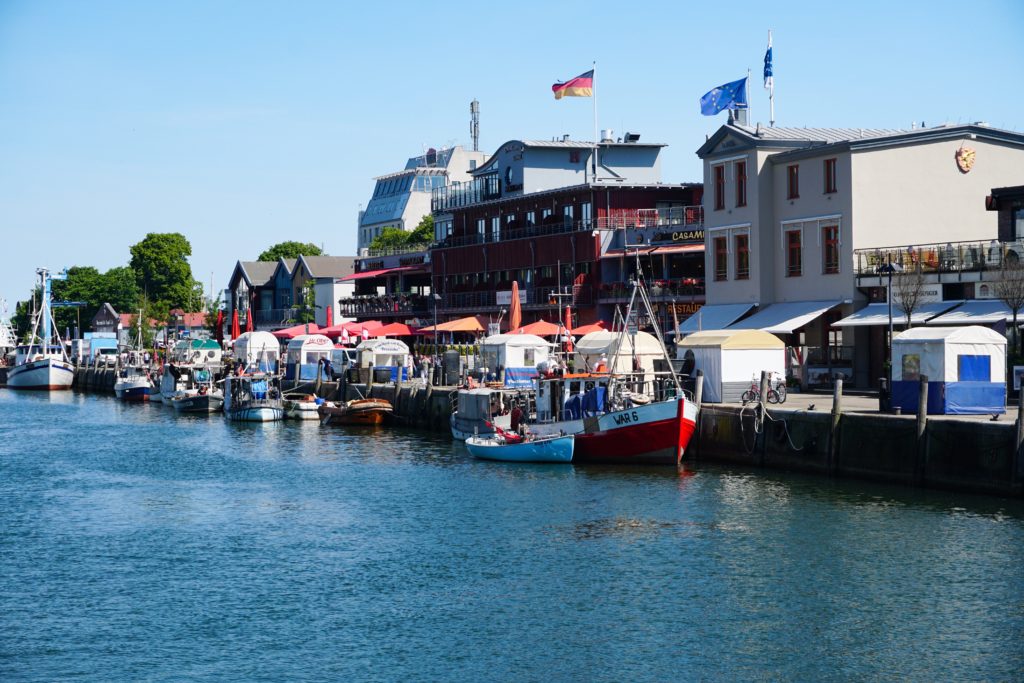
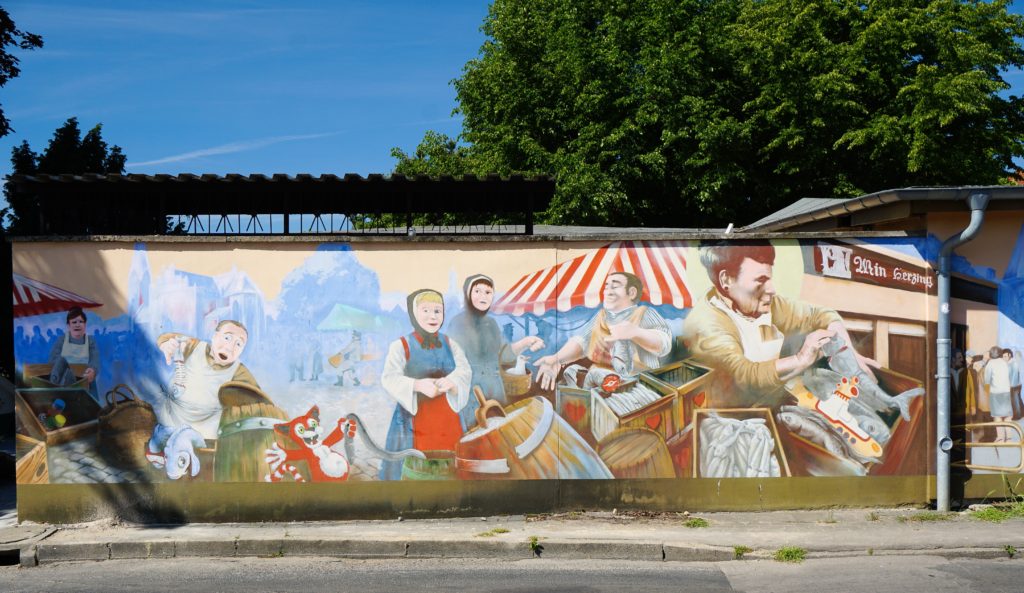
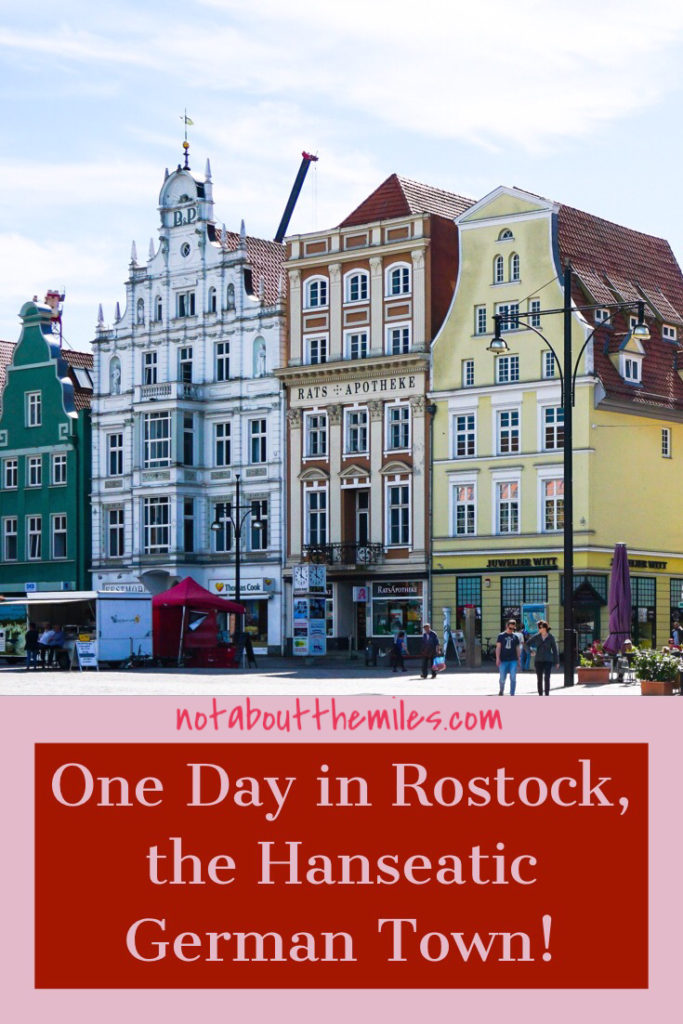
Thank you for this wonderful travel itinerary! Is there a printable version?
Thanks for reading! No printable itinerary at this time, unfortunately.